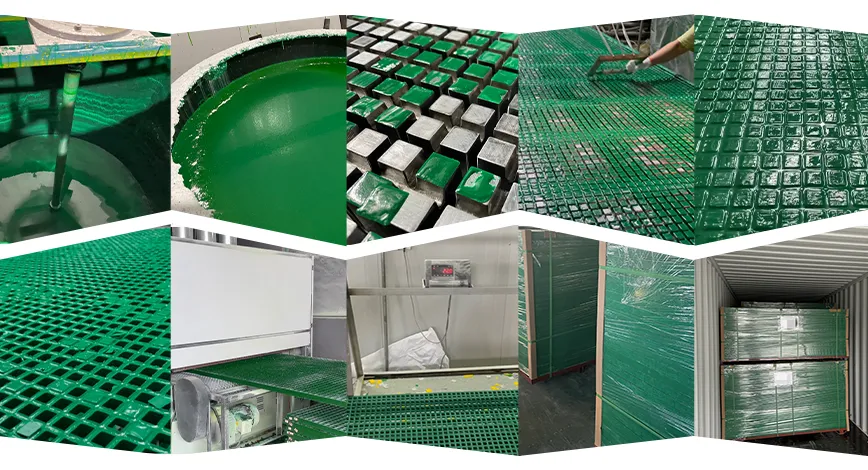loading...
- No. 9, Xingyuan South Street, Dongwaihuan Road, Zaoqiang County, Hengshui, Hebei, China
- admin@zjcomposites.com
- +86 15097380338
- Welcome to visit our website!
frp railing systems
FRP Railing Systems A Modern Solution for Safety and Aesthetics
In today's world, the quest for innovative materials that enhance safety and aesthetics in construction continues to grow. One such material making its mark is Fiber Reinforced Polymer (FRP), particularly in the realm of railing systems. Combining strength, versatility, and durability, FRP railing systems are increasingly being adopted in various settings, ranging from residential properties to public infrastructure.
What is FRP?
Fiber Reinforced Polymer is a composite material made by combining a polymer matrix with fiber reinforcements, typically carbon or glass fibers. This combination results in a material that possesses remarkable properties, including high tensile strength, low weight, and excellent resistance to environmental conditions. These attributes make FRP an ideal choice for railing systems that must endure the rigors of both natural and man-made environments.
Safety and Compliance
Safety is paramount in any construction project, and railing systems play a crucial role in protecting individuals from falls and accidents. FRP railing systems meet or exceed industry safety standards, making them a reliable choice for commercial and residential buildings alike. Their inherent strength ensures that they can withstand significant loads, while their lightweight nature facilitates easier installation without compromising structural integrity.
Moreover, FRP is inherently corrosion-resistant. This characteristic is particularly beneficial in coastal areas or regions with high humidity. Traditional materials, such as metal railings, often suffer from rust and degradation due to exposure to moisture and salty air. In contrast, FRP railings maintain their structural soundness and aesthetic appeal over time, leading to lower maintenance costs and extended service life.
frp railing systems

Aesthetic Versatility
Beyond functional safety, one of the standout features of FRP railing systems is their aesthetic versatility. With various colors, textures, and finishes available, designers and architects can choose railing systems that complement the overall style of a building. Whether it's a sleek, modern look or a more traditional design, FRP can easily adapt to the desired aesthetic.
Additionally, FRP can be molded into different shapes and forms, allowing for creative and customized railing designs. This flexibility enables architects to incorporate unique designs that enhance the visual appeal of any space, making FRP an attractive option for high-end residential, commercial, and public projects.
Eco-Friendly Choice
As sustainability becomes a more significant concern in the construction industry, FRP railing systems provide an environmentally friendly option. Many FRP materials are produced using recycled fibers and resins, contributing to reduced waste and a lower carbon footprint. Furthermore, the longevity of FRP railings means less frequent replacement, reducing the overall resource consumption associated with conventional materials.
Conclusion
In summary, FRP railing systems represent a modern solution that effectively addresses the demands of safety, aesthetics, and sustainability in today’s construction landscape. Their strength, resistance to corrosion, lightweight nature, and design versatility make them an ideal choice for a wide range of applications. As industries increasingly recognize the benefits of FRP, we can expect to see its continued growth and integration into architectural designs, contributing to safer and more visually appealing environments for all. Whether in residential decks, commercial buildings, or public spaces, FRP railing systems are poised to lead the way in the future of construction.
-
Premium FRP Handrail for All ApplicationsNewsAug.29,2025
-
Low Maintenance FRP Mini Mesh Grating ProductsNewsAug.29,2025
-
Innovative FRP Square Tubes for Modern Industrial SolutionsNewsAug.29,2025
-
FRP Water Storage Tanks Wholesale Solutions for Bulk BuyersNewsAug.29,2025
-
FRP Molded Grating Solutions for Diverse Industrial ApplicationsNewsAug.29,2025
-
Construction Advancements Through FRP Pultruded ProfilesNewsAug.29,2025
-
Why Choose FRP Railings, Guardrails, and Handrail Systems?NewsAug.29,2025
